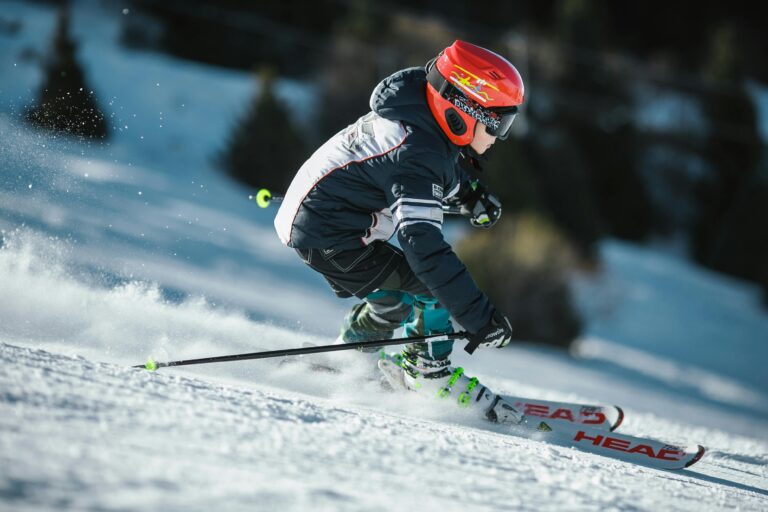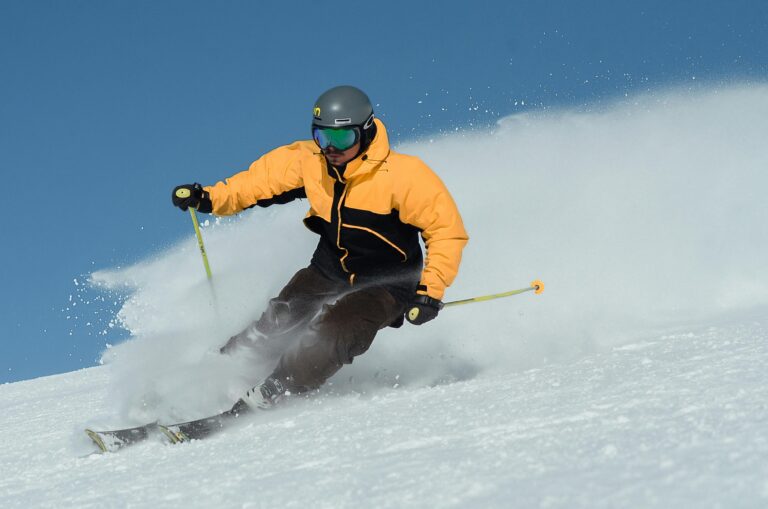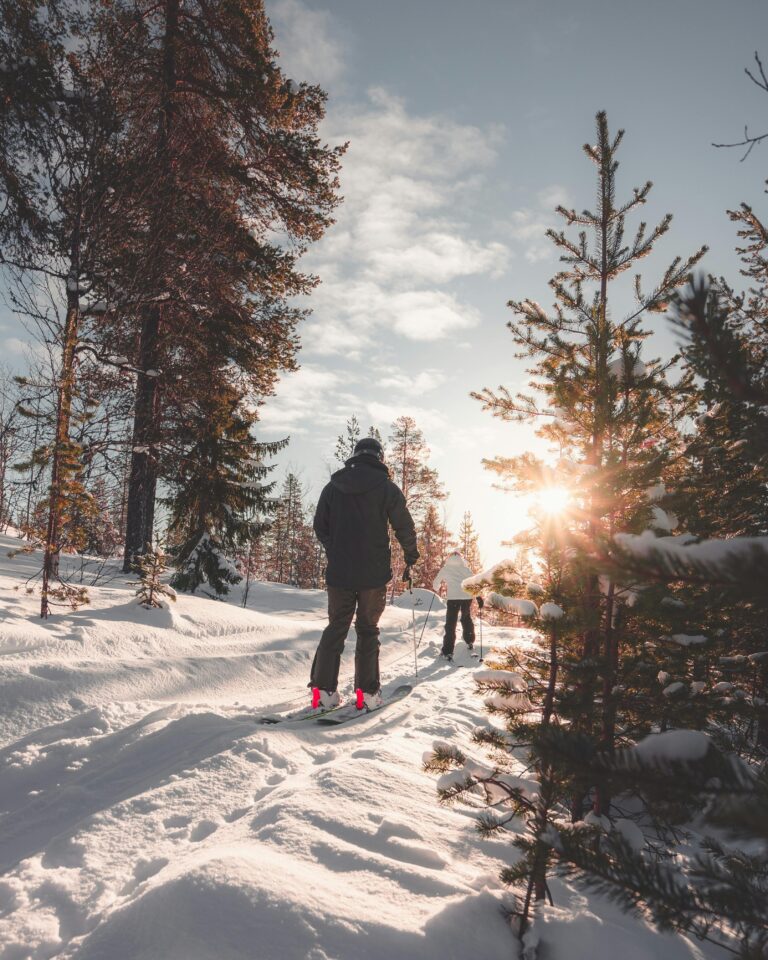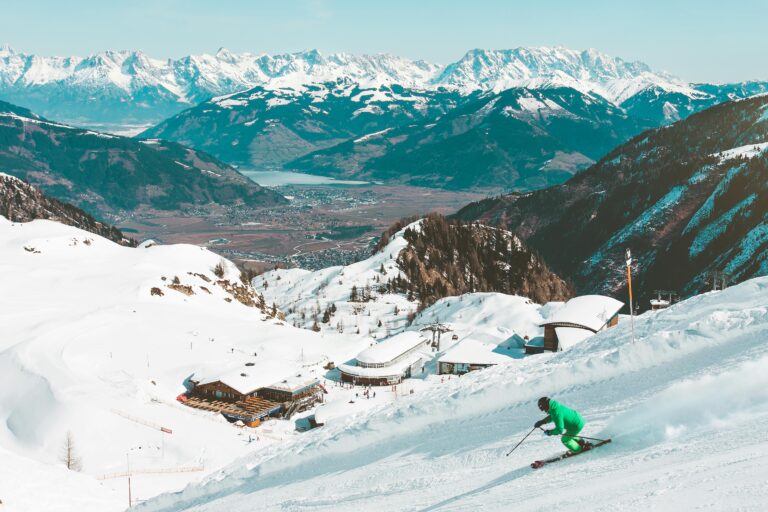Skiing enthusiasts often wonder about the feasibility of hitting the slopes when the weather takes a turn for the worse, particularly when it rains. In general, skiing in the rain is possible, but it significantly alters the snow conditions, turning it into slush which can affect the overall ski experience. While some may find joy in the less crowded slopes, others face increased risks such as decreased visibility and slippery surfaces. Rainy-day skiing can be thrilling for some, but adequate preparation is essential.
Let’s break down what really happens when rain meets snow, what gear you’ll want, and how to stay safe while still having fun.
What Happens to Snow When It Rains?
When it rains, snow undergoes a physical transformation, most notably becoming slushy and wet. This affects ski runs by making them softer and potentially more challenging to navigate. The density of the snowfall also plays a crucial role, as heavy, wet snow can create mushy conditions that can be fun for some but difficult for others.
Rain instantly changes the snow’s texture. You get slush—less firm, more unpredictable underfoot. That freshly groomed run? It can quickly turn uneven, full of ruts where the rain has broken down the surface. If you’ve skied on slushy spring snow, you know what I mean—it’s fun but demands more focus to stay on your feet.
- Wet snow doesn’t pack as well, so resorts might tweak grooming to keep things smooth.
- How dense the snow was before the rain hits affects whether you get a playful mush or a sloppy mess.
Bottom line: rain rewrites the rulebook on your ski day — knowing what’s coming helps you prepare and enjoy it more.
Is Rainy Day Skiing Enjoyable or Practical?
Rainy day skiing can have its perks, such as fewer crowds on the slopes and, for some, the thrill of skiing through slush can be a unique experience. However, mental preparation is key—skating down plush snow while others stay indoors can foster a deeper connection with the sport.
Here’s the truth: fewer people on the mountain means less waiting and more runs. For some, sliding through slush feels like surfing, addictive in its own way. Someone on a ski forum put it perfectly: “Skiing in slush is like surfing the day after a storm. You’ve got to adjust and enjoy the ride!”
Still, it’s not for everyone. If you’re not up for the challenge, it can feel frustrating or tiring. Your mindset really sets the tone here — if you accept the challenge, the fun often follows.
If you’re game for a new kind of thrill, rainy days can be your secret weapon to mastering slippery slopes.
What Are the Risks of Skiing in the Rain?
Skiing in the rain carries potential risks, including reduced visibility, slippery slopes, and the alarming possibility of hypothermia due to wet gear. The conditions can lead to a greater chance of dangerous falls, especially with waterlogged snow.
Rain can fog up your goggles and blur your vision, making it harder to spot hazards. Slushy or slick patches can surprise you, and falls happen more easily. Plus, wet clothes aren’t just uncomfortable—they can drag your body temperature down fast. That’s when hypothermia sneaks up.
Enjoy the rush, but keep safety front and center—it’s not just about fun, it’s about staying well out there.
What Conditions Make Skiing Unsafe?
Unfavorable skiing conditions can include heavy rainfall, strong winds, and rapidly falling temperatures that lead to icy surfaces. If visibility drops or the temperature starts hovering near freezing with rain, it’s best to reconsider hitting the slopes.
Heavy rain (say, over 0.2 inches an hour) and winds above 30 mph can turn skiing into a sketchy adventure. After rain, if temperatures drop quickly, that slush can freeze into slick ice—a nightmare under your skis.
Keep an eye on the weather. If things get nasty, it’s smart to pause your adventure before it gets risky.
What Gear Should You Use for Skiing in the Rain?
To face the challenges of skiing in rain, specialized gear is vital. Waterproof jackets and pants are crucial, along with appropriate footwear like gaiters and waterproof boots. Accessories such as gloves and goggles with anti-fog and water-resistant features can significantly enhance comfort.
Recommended Gear List:
| Item | Purpose |
|---|---|
| Waterproof Jacket | Keeps upper body dry |
| Waterproof Pants | Protects lower body |
| Waterproof Boots | Keeps feet dry and warm |
| Gaiters | Prevent water from seeping in |
| Waterproof Gloves | Protects hands from moisture |
| Goggles | Ensures visibility, anti-fog |
Key Note:
Regular ski clothes soak up water and weigh you down. Investing in waterproof gear keeps you dry and warm, making the whole rainy-day experience way more enjoyable.
Trust me, staying dry is half the battle for skiing happy on wet days.
How Does Rain Affect Skiing Technique?
Skiing in wet conditions requires modifications to basic techniques, such as adjusting turning angles and speed. With slushy terrain, skiers often need to be more aware and responsive to changes underfoot.
You’ve got to slow it down a bit. Slush doesn’t behave like powder or packed snow—it’s heavier and less predictable. Keep your knees bent, weight centered, and widen your stance. That way, you stay balanced and can power through turns without wiping out.
Think of it like learning a new rhythm—once you get it, skiing in the rain can even feel like a dance.
What Should You Do if It Starts Raining While Skiing?
If rain begins unexpectedly while skiing, locate a sheltered area to regroup. It’s wise to assess the situation and decide whether to continue skiing or seek safety indoors. Periodic breaks to check gear dryness and hygiene can protect your comfort and health.
If surprise rain hits, find shelter and take a breather. Check your gear. If things are drenched, consider heading indoors to warm up or dry off. Staying flexible with your plans helps keep fun intact rather than making the day miserable.
A little rain won’t ruin your day if you’re ready to adapt on the fly.
How Can You Stay Motivated to Ski on Rainy Days?
To maintain motivation during rainy ski days, developing a positive mindset is key. Embrace mindfulness and focus on enjoying the moment as rainier days often bring fewer tourists, providing ample space for fun.
Try a little challenge to spice things up—maybe work on turns or whip down a run you usually avoid. Chat with other skiers braving the weather. Sometimes, the company and shared grit turn a gray day into a memorable adventure.
When you flip the script and see rainy skiing as a chance to level up, motivation comes naturally.
FAQs About Skiing in the Rain
Can you ski on wet snow? Yes, you can ski on wet snow, but it may require more effort as the snow can be heavier and slushy. Proper gear and technique adjustments are essential for a safe experience.
How can rain affect visibility while skiing? Rain can significantly decrease visibility due to fogging or beading on goggles and water splashes. Choosing appropriate eyewear may help in improving sight clarity.
What should I do with my gear if it gets wet while skiing? Dry your gear as soon as possible to prevent mold and materials from losing their functionality. Air it out, and use towels to soak up any excess moisture.
Is it safe to ski if it’s lightly raining? Skiing in light rain may be manageable, but conditions can change quickly. Always prioritize safety and be ready to seek shelter or stop skiing.
Additional Resources
Learn more about ski conditions and safety from the following resources:
- National Ski Areas Association – Overview on skiing in different weather conditions.
- American Alpine Club – Safety tips for skiing in challenging conditions.

Skiing in the rain can be a refreshing challenge if you come prepared and stay adaptable. With the right gear and mindset, rainy days aren’t setbacks—they’re opportunities to sharpen your skills and enjoy quiet slopes. Whether you savor the fresh tracks or the peaceful solitude, being ready is what turns a soggy ski day into an epic story.






